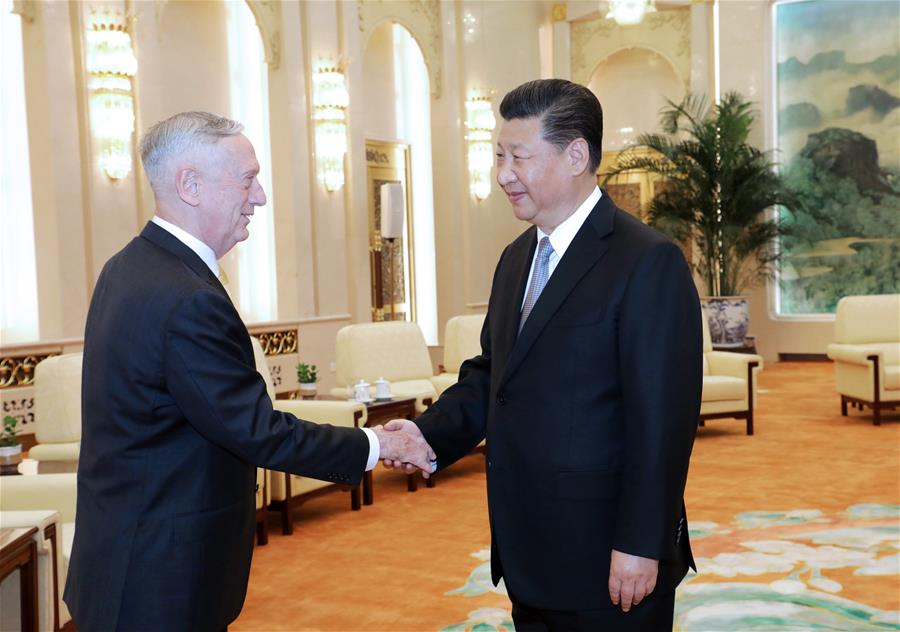plawolf
Lieutenant General
That is an interpretation that is not supported by the quote, unless you can dig up the exact quote for everyone. Here is Reuter's translation again: "“We cannot lose even one inch of the territory left behind by our ancestors". There is no qualification about being forced or intimidated into giving up one inch, but rather a fairly absolute statement made about China's ancestral territories. My point is that this is a statement of strength spoken by someone trying to portray resolve in the context of the SCS island disputes, but is not a realistically attainable goal if applied to China in general and is almost certainly not even a belief held by Xi himself, who is not interested in reclaiming Outer Mongolia, Outer Manchuria, Jiaozhi, the Four Commanderies of Han, or even South Tibet. He's definitely interested in the SCS though.
The western media has a long and consistent history of key omissions and suspiciously convinent mistranslations of Chinese statements.
The full transcripts are not yet published anywhere I can see, but you don’t need them to get the context. And it seems pointlessly pedantic to insist on making a song and dance about my interception of the context not being a literal translation of what was said only to then pretty much say the same thing but say that is your own take on what President Xi meant.
Xi is about to launch some silly crusade to reclaim lost historical Chinese territory on boarders the PRC has already settled. Nor would China insist on recovering ‘every inch’ of historical territory from India if India was ever serious about actually settling its boarder dispute with China in a fair and reasonable way.
The whole point of Mattis’ visit was to be SCS, so of course President Xi’s comment was about the SCS. Would anyone really seriously have thought it could be referring to anywhere else?
The focus on ‘every inch’ is precisely the kind of almost certainly deliberate mistranslations the western media is infamous for, to make China look unreasonable and/or stupid.
Anyone with even a basic working understanding of Chinese will know that ‘not even an inch of’ is a fairly common turn of phrase in Chinese, and is most commonly used as a qualifier of absolute resolve, and is almost never supposed to be taken as being a literal unit of measurement.
The other claimants gambled and lost by spurning China’s earlier offers to settle the dispute, which would most likely have involved giving concessions for resource exploitation to the other claimants in exchange for everyone pulling personnel from occupied islands and a vague enough acceptance of China’s nine line that everyone can claim to be a winner.
Now that China has invested all that time and resources building up its island holdings. There is zero chance of a Chinese withdrawal from those islands.
So instead of a mutual withdraw, the best the other claimants can hope for is for China to still be willing to give resource concessions in exchange for their unilateral withdraw.

